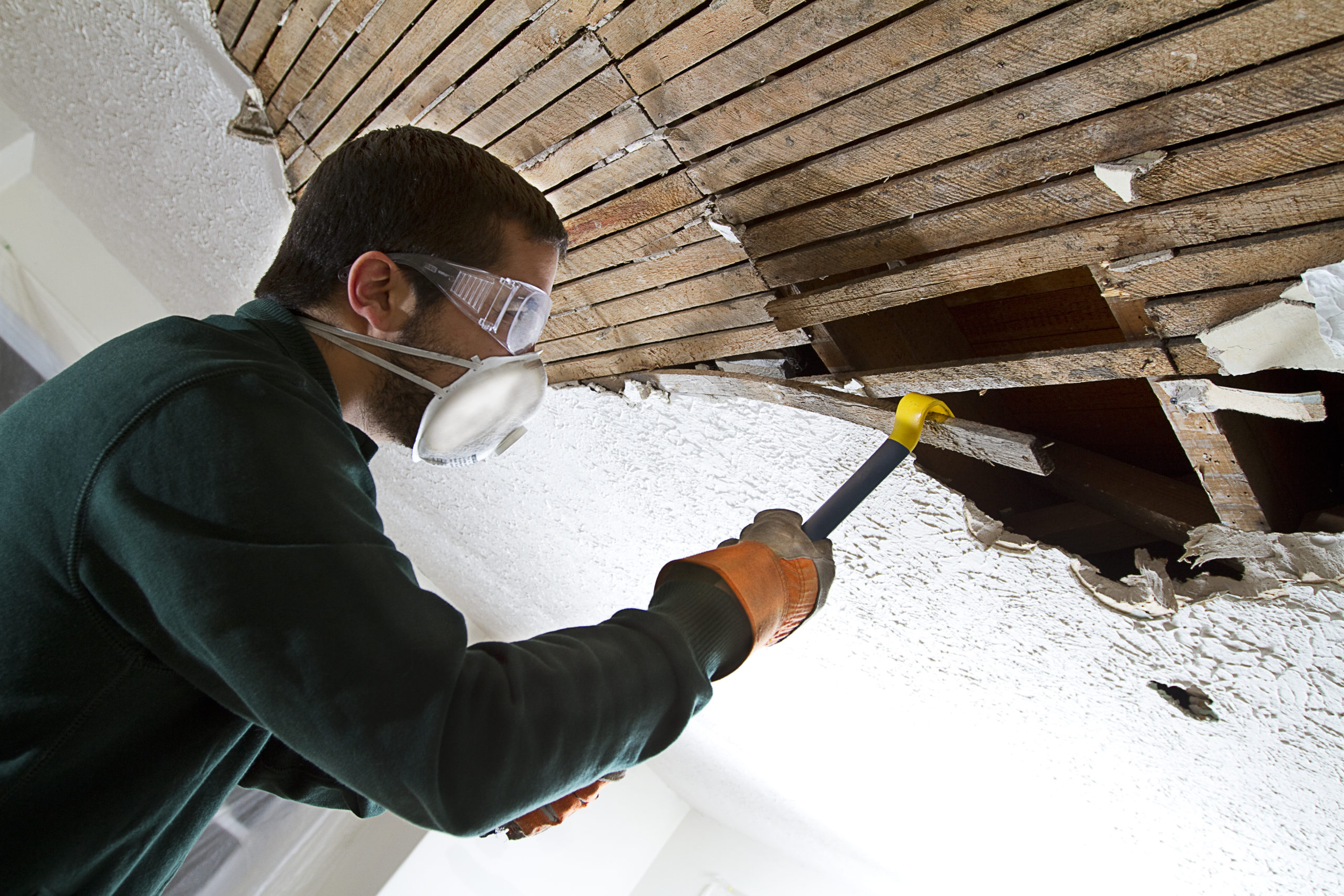

Mark the places on the wall that you will put the brackets. Also, based on your metal detector sensitivity, you may get false readings because of having cast-iron plumbing, old wiring, or anything Didn’t Find Stud? No Worries, You can hang heavy objects on Plaster Walls Without Finding Studs The wood studs will be denser than the surrounding drywall that is why finding them in a plaster wall is important for finding studs within. Use a Metal DetectorĮven though it makes you look like a genius because you can find objects and coins underground, finding studs in walls has nothing to do with finding things on the ground…we are finding metal but not by finding its magnetic properties…so walk around your house with an industrial-strength metal detector finding which area of the house is denser than others. Dental floss or string work well with this technique but not necessarily pizzas because they’re too floppy and won’t stick to walls as we want them to!Īll you have to do is grab magnets from around the house (the strongest ones) tie some string between two of them by their North poles so that when they are brought together it creates an opposing force that will keep things stuck if there was any attraction at all already present - then slowly walk across a wall in either horizontal direction while keeping everything aligned properly using only one hand until something sticks somewhere … done 4. Use a Magnetįor the best magnetic method, you need a strong magnet. I’m not sure why it seems so old-fashioned but gently tapping on different areas with my knuckles while seeking clues about their depth has provided me with some amazing results over time. Keep knocking and see if anything else changes – you should slowly be able to work remember how many layers of drywall/plasterboard separated each other by using this technique… When you hear more resonance from behind a space, then that’s a sign there is one in front too!

Knock your hand along the wall to find out where studs are. If you go through, then there is a stud in that section of the wall – finding it will be easy from here on. Once you find that, drill a small hole just above it and push a thin nail through to scratch the back of the plaster. The last step is finding which stud it is by feeling behind the plaster with your fingers and finding out how far it extends into the wall. The air that you can feel pushing through means that there’s nothing behind the plaster on that side of the wall, so finding this will be easy as well.

Drill down into the plaster at this point, creating a small hole in one of two places: Hold a small drill above the place where you pressed your ear to the wall – it should be right next to the cable. If it’s solid, then there probably is a stud there – finding which one will be easy if you follow this step below… Step 3 If it’s hollow, then there’s probably no stud in that section of wall. Once you find where the cable enters your house, press your ear up against the plaster on the opposite side. Make sure to take the switch plate cover off. This can be done quite easily by finding where there are light switches, power points, or ceiling fans on your wall.Īll of these have something that extends into your wall from them – just follow it in to find where the cable enters. The first step is finding the stud by finding where the electrical cable enters the house. Just follow the instructions below: Step 1 In the event that there is no electrical box in your wall, but you do have a light switch or power-point in it, then finding a stud can still be done. It also helps if the plaster isn’t covering any part of it – but finding the stud, in this case, can be even easier because almost all newer houses use steel studs, and finding steel studs (or vertical studs)when they’re covered by drywall is much easier than finding wooden studs. If you find an electrical box that is flush with the wall, then it’s probably in a stud. Are there studs in lath and plaster walls?.How do you find a stud without a detector?.Can you use a stud finder on plaster walls?.Didn’t Find Stud? No Worries, You can hang heavy objects on Plaster Walls Without Finding Studs.


 0 kommentar(er)
0 kommentar(er)
